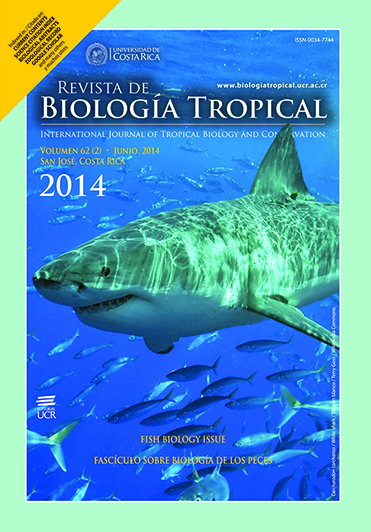Abstract
Plectranthus is a large and widespread genus with a diversity of ethnobotanical uses. In traditional medicine P. mollis has been used against snakebites, respiratory stimulant and vasoconstrictor, cardiac depressant, cure for haemorrahage, treatment of mental retardation and rheumatism. P. mollis is reported to exhibit relaxant activity on smooth and skeletal muscles, and has cytotoxic and anti-tumour promoting activity, and can be used in the treatment of cancer. The aim of the present study was to identify chemical composition of the essential oil of P. mollis and to evaluate antimicrobial efficacy of the oil. The essential oil of the flowering aerial parts of P. mollis was obtained by hydro-distillation and analyzed by gas chromatography equipped with a flame ionization detector (GC-FID) and gas chromatography coupled with mass spectrometry (GC/MS). Twenty-seven compounds were identified, which comprised 98.6% of the total constituents. The main compound was identified as fenchone (32.3%), followed by α-humulene (17.3%), piperitenone oxide (8.5%), cis-piperitone oxide (6.0%) and E-β-farnesene (5.9%). The oil was found rich in oxygenated monoterpenes type constituents (52.0%), followed by sesquiterpene hydrocarbons (40.2%), oxygenated sesquiterpenes (4.9%), and monoterpene hydrocarbons (1.5%). Antimicrobial activity of the essential oil of P. mollis was tested against six Gram-positive and eight Gram-negative bacteria, and three fungi, by using the tube dilution method. The oil was active against the tested Gram-positive and Gram-negative bacteria, and fungi at a concentration range of 0.065±0.008-0.937±0.139mg/mL, 0.468±0.069-3.333±0.527 mg/mL and 0.117±0.017-0.338±0.062mg/mL, respectively. The present study revealed that the oil constituents somehow were qualitatively similar and quantitatively different than earlier reports from different parts of the world. The essential oil of P. mollis has found to be antimicrobial activity which can be usefulness in the treatment of various infectious diseases caused by bacteria and fungi.
##plugins.facebook.comentarios##

This work is licensed under a Creative Commons Attribution 4.0 International License.
Copyright (c) 2014 Revista de Biología Tropical


